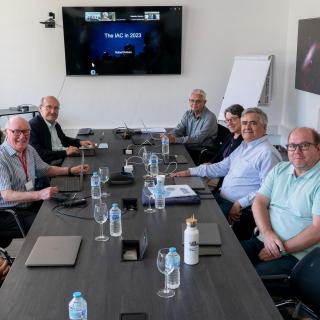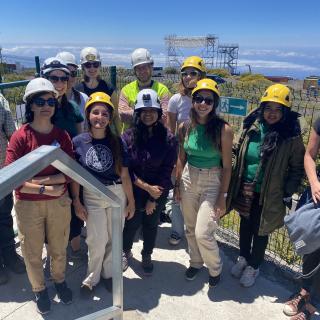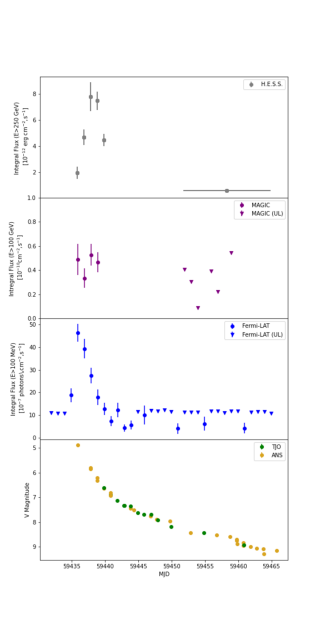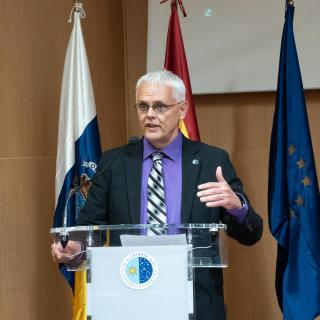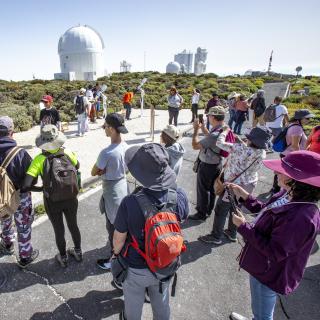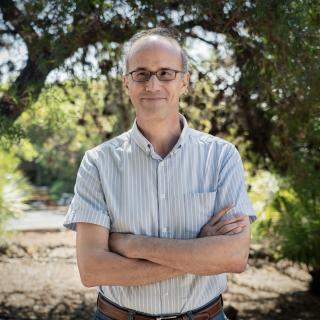
Ignacio Ferreras, a researcher at the Instituto de Astrofísica de Canarias (IAC) has taken up the job as councillor of the European Astronomical Society (EAS), whose aim is the development of astronomy in Europe and which defends the interests of the astronomical community in the región. He was elected at the recent General Assembly of the EAS, celebrated in Padua last week. Founded in 1990 the EAS is a society with individual members which collaborates with affiliated national societies, and also with european research organizations and networks. The society has a converning Council
Advertised on
